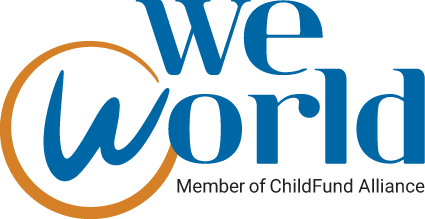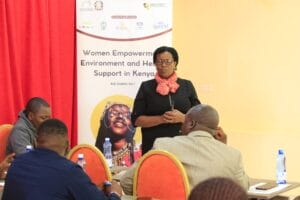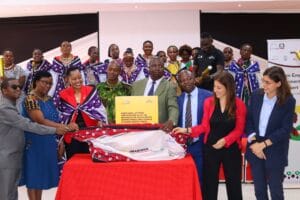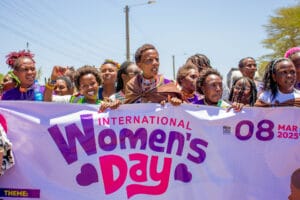
Survivors of gender-based violence (GBV) in Narok County will soon have a safe haven to turn to, thanks to an initiative under the IMARA Project, funded by the Italian Agency for Development Cooperation (AICS) and implemented by WeWorld Kenya in partnership with local stakeholders.
The planned Safe House will offer temporary refuge and comprehensive support services to women, girls, boys and men affected by GBV, including survivors of Female Genital Mutilation (FGM). For many in the county, this facility represents not just a building, but a long-awaited beacon of hope and safety.
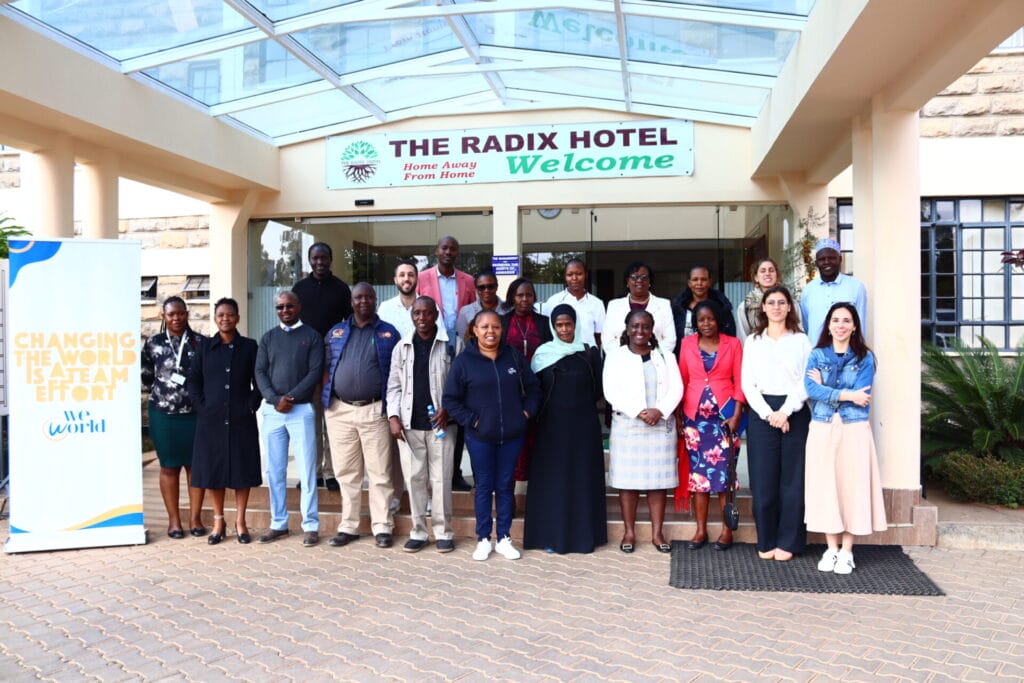
Benchmarking for excellence
As part of the preparations for the construction of the safe house, members of the newly established Narok County Safe House Committee embarked on a benchmarking visit to learn from leaders in the gender protection sector. The activity began with a stakeholder meeting at Radix Hotel, where participants discussed expected standards, sustainability considerations, and survivor-centered approaches.
The meeting was attended by key county officials, including Robert Simotwo Rotich, County Executive Committee Member for Education, Youth Affairs & Sports, Gender, Culture & Social Services, and Agnes Ngeno, Director at the State Department of Gender – Narok County. Both emphasized the importance of building a facility that prioritizes safety, sustainability, and holistic survivor care.
Miriam Bulbarelli, Italian Agency for Development Cooperation (AICS) representative, underscored the need for a sustainable model that ensures survivors feel safe, supported, and empowered as they begin their healing journeys.
Learning from Best Practices
Visit one – Rebirth of a Queen
The first stop was Rebirth of a Queen, a survivor-led, feminist, and community-based organization founded by Pauline Akinyi, herself a survivor of sexual and domestic violence. Through storytelling, empowerment, education, and training, Rebirth of a Queen offers survivors a path to healing and self-reliance.
During the visit, the Safe House Committee toured the facility, exploring its different spaces, including the Branding Room, Leather Room, and Fashion Room – all designed to equip survivors with skills for economic empowerment. Pauline shared insights into the organization’s programs, challenges, and the strict safety measures in place, stressing that security and dignity are at the heart of their operations.
Visit two – Kenya Women and Children’s Wellness Centre (KWCWC)
The second visit took the committee to the Kenya Women & Children’s Wellness Centre (KWCWC), a not-for-profit organization established in 2010 as a generous donation by the James R. Jordan Foundation International and its philanthropic partners. Based in Nairobi, KWCWC tackles the root causes and consequences of GBV and child abuse through a survivor-centered approach.
Over the past 13 years, the Centre has reached more than 203,709 individuals through targeted programs, community engagement, and advocacy. Its mission is to provide health care services to marginalized groups, empower individuals and communities, promote behavioral change, and build sustainable pathways to health equity.
The Safe House Committee was taken around the facility by Pauline Mumbi, Program Director at KWCWC, who emphasized the importance of prioritizing safety in the design and operations of the Narok safe house. She also stressed that survivor dignity and security should remain at the core of all planning and implementation efforts.
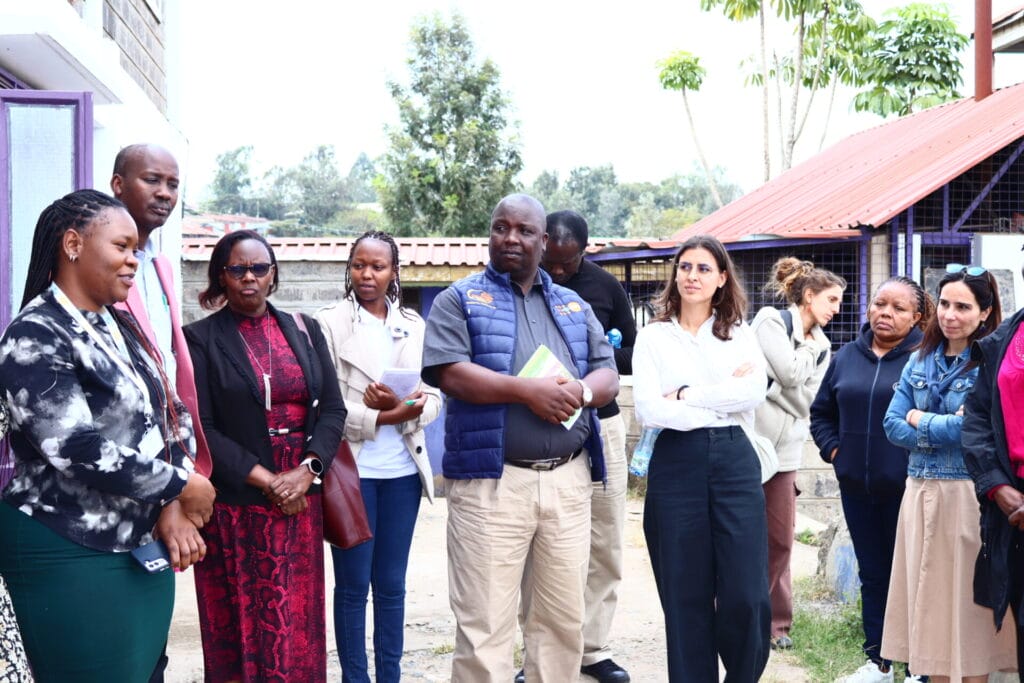
A County-Wide Commitment
The Safe House Committee, will oversee the project’s implementation – from coordinating efforts and mobilizing resources to ensuring that the facility meets the highest standards of safety and care.
“This safe house represents a major milestone in strengthening our county's response to Gender-Based Violence,” said Simotwo. Commissioner Lotiatia reaffirmed the national government’s support through the State Department of Interior, pledging close collaboration with all stakeholders.
“We are creating more than just a shelter,” emphasized Ruth Karano, a public works architect. “This is about creating a safe space, a place of hope and healing for survivors of gender-based violence.”

